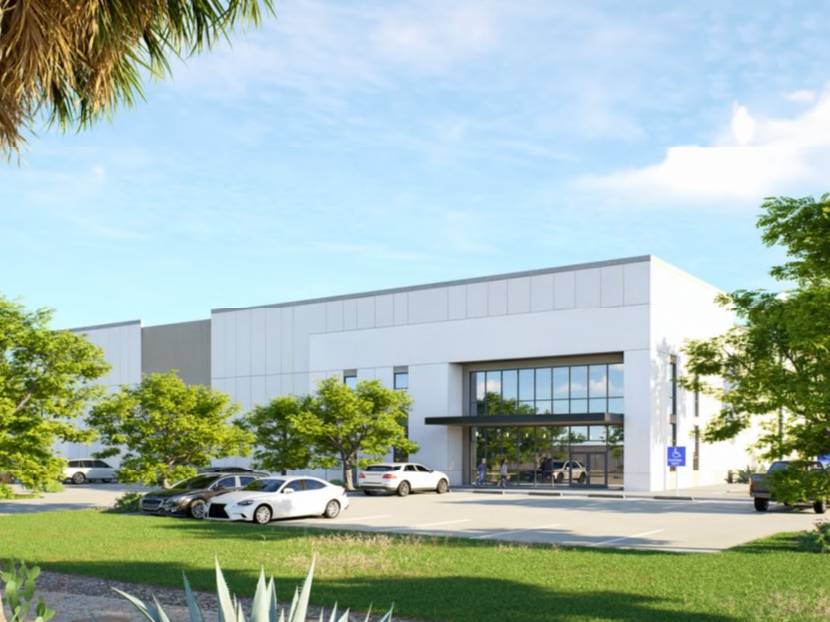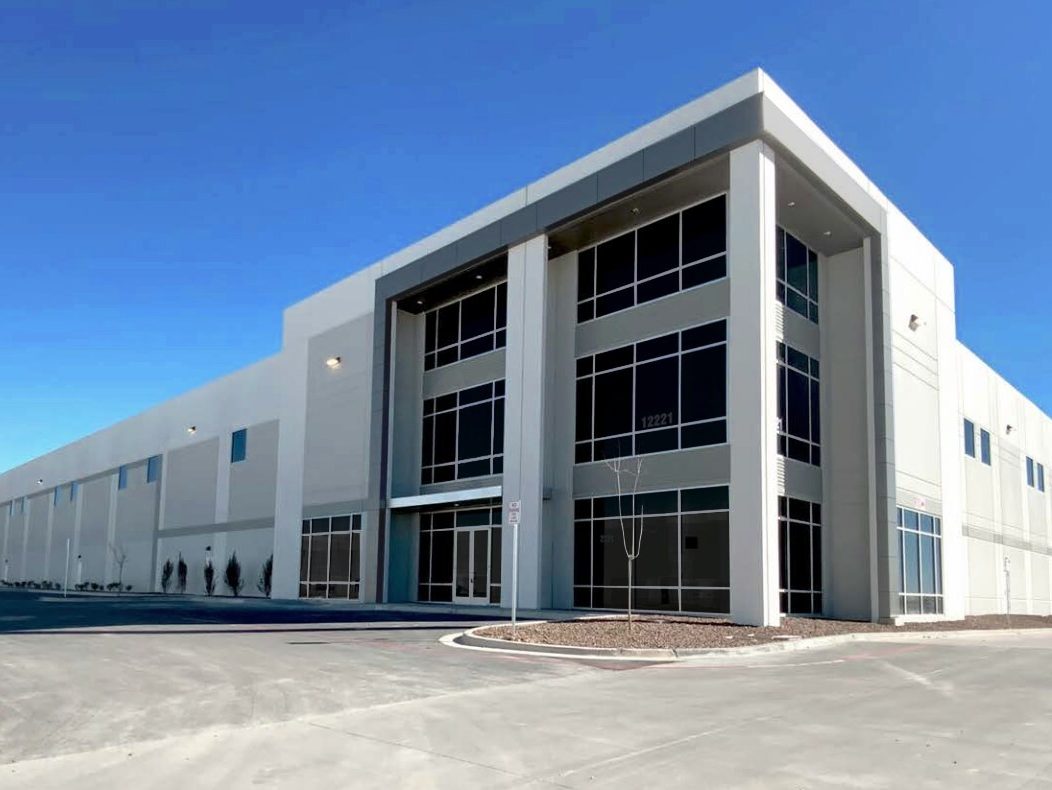Construction Outlook Calls for Continued Momentum
Potential risks to the industry, including ongoing tariffs and rising costs, are expected to be offset by the generally strong U.S. economy in 2019, at least in the first half, JLL reports.
Despite concerns about tariffs, rising costs, labor shortages and deteriorating macroeconomic conditions, JLL’s Construction Outlook for 2019 predicts strong construction momentum will continue in the first half of the year from 2018. Last year, there was a 5.1 percent increase in total construction value and a 4.5 percent increase in employment, thanks to the robust U.S. economy.
“All forward indicators for construction are still flashing green,” Todd Burns, president, Project and Development Services, JLL Americas, said in a prepared statement. “However, a year with growth equal to that of 2018 would be considered a success, given concerns of a broader economic slowdown.”
JLL’s report notes the potential risks are largely balanced by potential boosts, including a large-scale federal infrastructure package, relief from tariffs and the continuation of 3.5 percent annual GDP growth. Total construction value for 2019 is expected to remain close to the 5.1 percent growth in 2018, at least for part of the year. However, JLL cites a recent survey of contractors done by Engineering News Record that shows 31 percent of respondents were expecting a slowdown within 12 to 18 months. Part of their concerns apparently comes from rising labor costs and increasing material costs, which have been driven by tariffs, particularly steel and aluminum, and by demand.
To cope with the ongoing labor shortage, JLL reports more firms are investing in new construction technologies, which includes an uptick in the use of drones, with an estimated 34 percent of general contracting firms of all sizes reporting use of drones in 2018. The share is larger at big national firms, going up to about 64 percent. To get the most out of drones and other construction technology, more firms are using BIM software, a process for creating and managing all the information for a project based on a single 3D model.
Modular construction considered
Another trend to watch is modular construction, though adoption has been slow as firms take time to adjust to using modular systems and work out any kinks. Still, JLL reports a survey of general contractors found 67 percent of respondents expected demand to increase over the next three years. Modular construction is anticipated to have the biggest long-term impact on the industry, with JLL stating most growth will likely come from sectors like hospitality and health care. It may also be used more frequently for one or two portions of a broader array of projects.
“Adopting modular construction is not always as simple as it sounds,” Henry D’Esposito, senior research analyst, Project and Development Services, JLL, said in a prepared statement. “There is often a prolonged period during which the benefits are not fully realized, as firms take time to adjust to the new system. Despite some of the initial challenges, there has been no hesitation among contractors about whether modular will continue to grow.”
Trends by sector
JLL also broke down some top construction trends to watch in 2019 by sector, including:
Office:
- Oversupply—As tenants upgrade to new projects, owners need to decide if they will retrofit or demolish and do a ground-up development.
- Slowdown in starts—The office market is in the late stages of the development cycle with 50.3 million square feet delivered in 2018 and 49.4 million square feet expected in 2019. Of that, 16.3 million square feet is still available for preleasing.
- Amenities—Landlords continue to amp up the amenities to attract tenants, but ROI is not guaranteed.
Industrial:
- Construction delivery remains strong—Development levels are reaching new highs, while vacancy remains at historic lows, to about 4.9 percent. Some 248 million square feet of industrial projects are under development, mostly for warehouses and distribution centers.
- Development gets creative—There will be more innovative projects, including multi-story urban infill centers and intermodal port opportunities.
- Focus on employees’ well-being—Hoping to increase retention and productivity, more developers are adding high-end common areas, including gyms and locker rooms, more natural light and improved ventilation.
Retail:
- More mixed-use—As more malls struggle with the loss of underperforming anchors and other retailers, developers are turning to live-work-play concepts, locating in higher-density urban areas and incorporating multifamily components.
- Experiential redevelopment—Mall owners are adjusting tenant mix to more non-retail uses including food and beverage venues, nail salons, entertainment options, fitness centers. Common areas are being upgraded.
- New uses—Developers in some areas are repurposing vacant big box spaces with other uses like self storage, medical offices and assisted-living facilities.
Hospitality:
- More modular—Looking to save time and money, more developers are choosing modular construction.
- Unique designs—Developers are creating more specialized designs to fit locations and markets, including smaller room sizes, integrated lobbies with bars and restaurants and more outdoor space.
- Higher costs—Labor shortages and rising costs are making it difficult to underwrite hotel deals leading to project delays and cancellations.
Image courtesy of JLL








You must be logged in to post a comment.